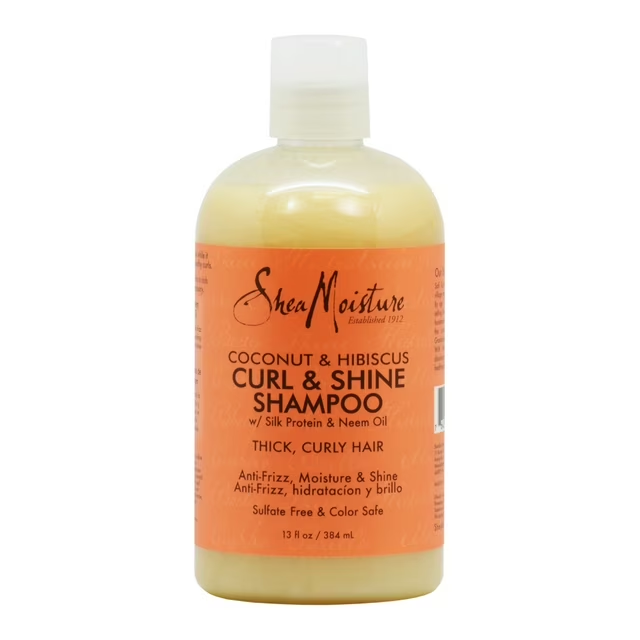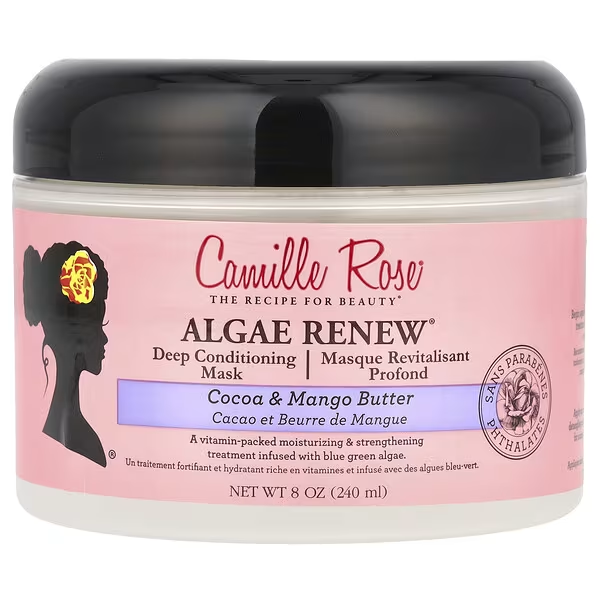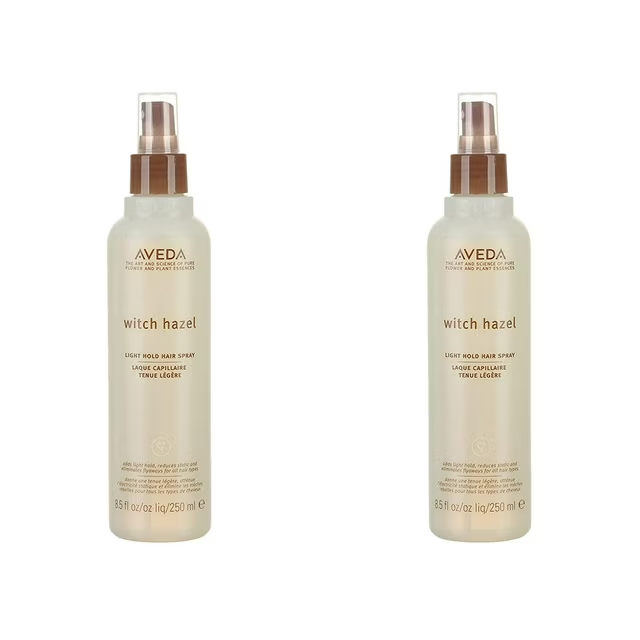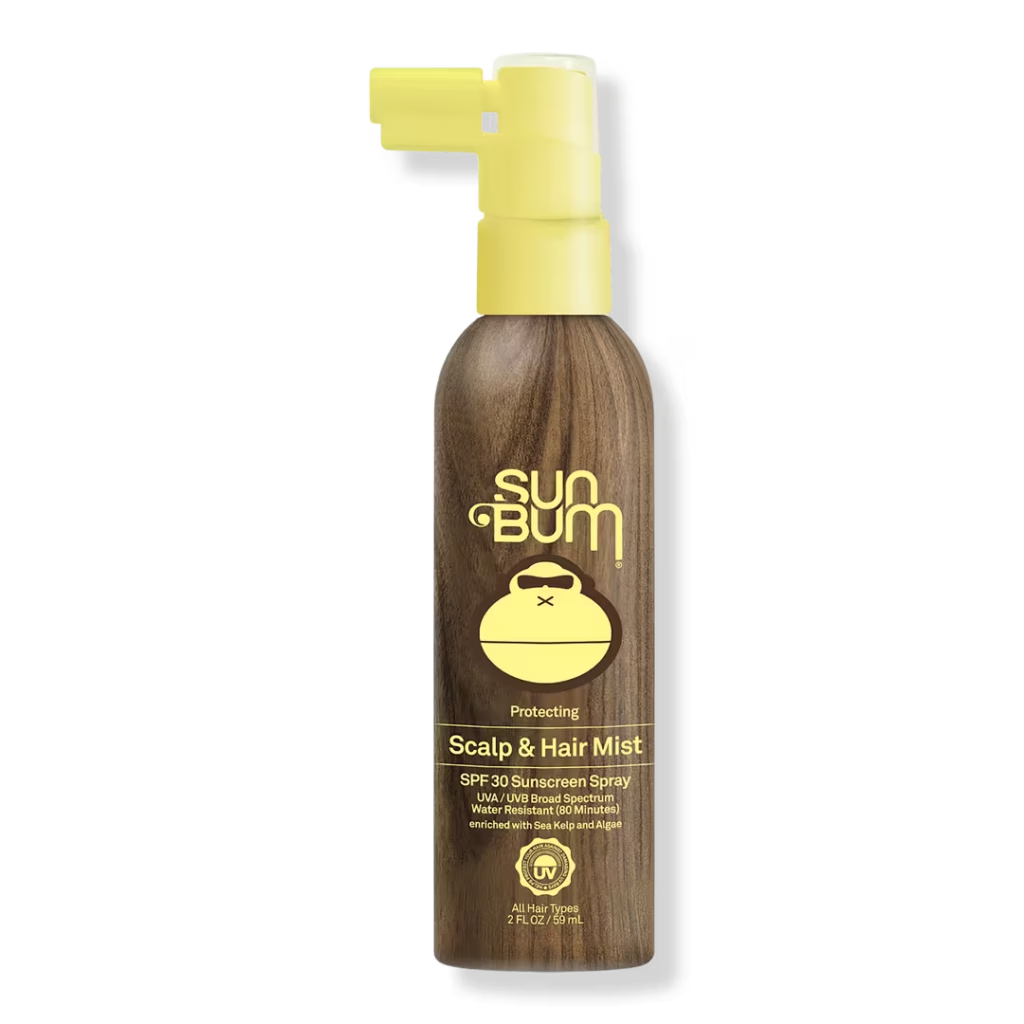When it comes to caring for natural curls, using the right products makes all the difference. Whether you’re working with soft 3A waves or tight 4C coils, the right curl-enhancing products can transform your hair routine, boost definition, and lock in moisture—all while reducing frizz and breakage.
With hundreds of new launches and reformulated favorites hitting the shelves, it can be hard to know what actually works. That’s why we’ve curated this ultimate guide to the best hair products for natural curls in 2025, including shampoos, conditioners, leave-ins, gels, and curl creams trusted by curlies everywhere.
Ready to upgrade your curl routine? Let’s get into it.
Why Choosing the Right Products for Natural Hair Matters
Natural curls are beautifully unique, but also more prone to dryness, tangles, and damage due to their structure. Using the right products tailored to moisture retention, curl definition, and protection is essential for healthy, bouncy curls.
Here’s what to look for in 2025:
- Sulfate-free formulas to prevent dryness
- Clean ingredients that nourish your strands
- Lightweight but moisturizing textures
- Products made for your specific curl type (3A to 4C)
The Best Hair Products for Natural Curls in 2025
1. Best Sulfate-Free Shampoo:
SheaMoisture Coconut & Hibiscus Curl & Shine Shampoo
A cult favorite for a reason. This sulfate-free shampoo gently cleanses without stripping your curls of natural oils.
Perfect for: Type 3 and 4 curls that need moisture and definition from step one.

2. Best Moisturizing Conditioner:
TGIN Moisture Rich Conditioner with Argan Oil + Shea Butter
Hydration meets slip. This creamy conditioner detangles even the tightest coils with ease.
Why it’s great: It strengthens and softens, making it ideal for regular or deep conditioning.

3. Best Deep Conditioner:
Camille Rose Algae Renew Deep Conditioner
Infused with blue-green algae and cocoa butter, this rich treatment revives dry, brittle curls and improves elasticity.
Use weekly for bouncy, resilient curls.

4. Best Leave-In Conditioner:
Kinky-Curly Knot Today
This lightweight detangler is a must-have for curlies who want softness without buildup.
Top feature: Amazing slip for combing through stubborn tangles, especially after wash day.

5. Best Curl Cream:
Curlsmith Curl Defining Styling Soufflé
A hybrid between a cream and a gel, this product defines curls without crunch and leaves hair touchably soft.
Ideal for: Wash-and-gos and twist-outs with long-lasting hold.

6. Best Protein Treatment:
Aphogee Two-Step Protein Treatment
If your curls are feeling limp or weak, this salon-grade protein treatment helps rebuild structure and strength.
Pro tip: Always follow with a deep conditioner to restore moisture balance.

7. Best Gel for Hold and Definition:
Eco Styler Olive Oil Gel
Still a go-to in 2025 for good reason—this gel offers max hold, shine, and flake-free definition.
Bonus: It’s budget-friendly and works well for slick styles or braid-outs.

8. Best Lightweight Gel for Fine Curls:
Uncle Funky’s Daughter Curly Magic Curl Stimulator
This aloe-based gel defines curls without weighing them down or leaving residue.
Best for: 3A–3C curl patterns or anyone looking for soft hold with zero crunch.

9. Best Hydrating Curl Refresher Spray:
Pattern Beauty Hydrating Mist by Tracee Ellis Ross
A hero product for reviving second- or third-day curls without needing to restyle completely.
What makes it special: Light mist with aloe and coconut oil that wakes up curls instantly.

10. Best Scalp Oil:
Mielle Organics Rosemary Mint Scalp & Hair Strengthening Oil
This award-winning oil stimulates growth and soothes itchy, dry scalps.
Hot tip: Use it during scalp massages or apply to your ends to seal in moisture.

11. Best Heat Protectant for Natural Curls:
Mizani 25 Miracle Milk Leave-In Conditioner
With 25 benefits, this leave-in works as a heat protectant, moisturizer, detangler, and more.
Perfect for: Silk presses, blowouts, or heat-styling with minimal damage.

12. Best Travel-Friendly Curl Product:
Briogeo Curl Charisma Leave-In Travel Kit
Convenient and TSA-approved, this kit covers cleansing, conditioning, and styling while on the go.
Best Curl Routine: How to Use These Products Together
Here’s how to build your 2025 natural curl routine using the best products:
Wash Day Routine
- Cleanse: SheaMoisture Curl & Shine Shampoo
- Condition: TGIN Moisture Rich Conditioner
- Deep Condition: Camille Rose Algae Renew (weekly)
Style & Define
- Leave-In: Kinky-Curly Knot Today
- Curl Cream: Curlsmith Soufflé
- Gel: Eco Styler or Uncle Funky’s Daughter
- Oil: Mielle Organics (to seal)
Refresh During the Week
- Mist: Pattern Beauty Hydrating Mist
- Add gel or cream as needed to touch up frizz or redefine curls
2025 Hair Product Trends to Watch For
- Ayurvedic and herbal infusions like fenugreek, rice water, and hibiscus
- Fragrance-free or hypoallergenic options for sensitive scalps
- Multi-use styling hybrids (cream + gel, leave-in + detangler)
- Eco-conscious packaging and sustainable ingredients

Final Thoughts: The Best Curl Products for Healthy, Happy Hair
Investing in the best products for natural curls in 2025 means fewer bad hair days and more confidence in your crown. Whether you’re rocking a wash-and-go, twist-out, or protective style, these picks support your curl pattern while keeping your strands nourished, strong, and defined.
Remember: Every head of curls is unique. Test and tweak to find your perfect curl cocktail—and never forget to love on your coils every step of the way.




















